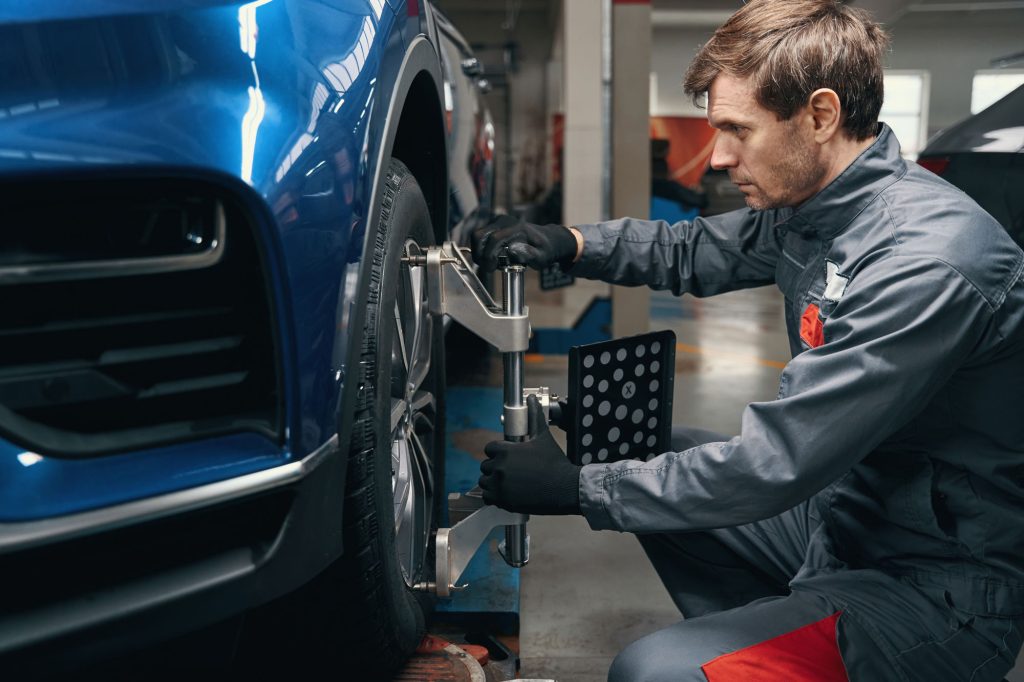Sam Auto Repair & Collision
FOLLOW US
(281) 847-9888
PHONE NUMBER
samautorepair2@yahoo.com
EMAIL ADDRESS
FOLLOW US
PHONE NUMBER
EMAIL ADDRESS
FOLLOW US
PHONE NUMBER
EMAIL ADDRESS


Have you noticed that your car is pulling you in one direction? What about some strange vibration going on the road? There are many signs and symptoms you can identify as a driver to determine if you need an alignment.
If you notice there’s uneven tire wear, you see that the steering wheel isn’t centered when you’re driving straight, you might need to get that checked. Sometimes the symptoms are so subtle, you can’t really feel them while you’re driving. Either way, you can avoid costlier damages by regularly checking your car’s health.
How do alignment issues happen? The suspension (the system that connects the vehicle to the wheels) and steering system (the system that connects the steering wheel to the front wheels of your car) are usually involved when it comes to problems with alignment. Bumpy roads, impacts on curbs or potholes, accidents, and wear and tear of daily driving, all contribute with this issue. A bad alignment could also shorten the lifespan of your tires, which in the long run means spending more money.
Each car manufacturer has specific predefined angles to the wheels of their cars. Proper wheel alignment is the right adjustment of all suspension angles with the intention of avoiding irregular tire wear, handling problems and crooked steering wheels. This adjustment is done to the manufacturer’s specification.
By squaring the wheels and axles of your vehicle with each other you ensure they move towards the same direction. Adjustment is done to the suspension angles (toe, thrust, camber, and caster) to affect wheel position and movement. Your driving style is always taken into account to ensure you always have the best performance when driving.

The toe is the distance between the front of the tires and the back of the tires. This means that when you look at your vehicle from above if the front tires are closer together than the back, they are toe in.
Vice versa, if the front part of your tires are further apart than the back, it’s a toe out angle. Toe in or positive toe is typically in rear wheel drive cars, this is to prevent excessive tire wear. Toe out or negative toe, is usually used in front wheel drive cars, and they improve cornering ability.
This is the angle between the thrust line and the centerline. In other words, this is where the front wheels are aligned to the rear axle. It can also be positive or negative angles. An off thrust angle is the primary cause of crooked steering wheels.
The angle should match the direction the front wheels are facing when placed forward.
This is the inward or outward tilt your front wheels have. If it’s tilted inward it’s called negative camber, on the other hand, if it’s tilted outward it’s called positive camber.
Camber is used to distributing weight across the tire and makes the car pull to the side that has the most prominent positive camber.
Viewed from the side, caster is the tilt of the steering axis of each front wheel. If it’s tilted forward it’s considered positive, and when it’s tilted backward it’s considered negative.
Considering the manufacturer’s specifications, adjustments are made to ensure the best performance when you’re driving.